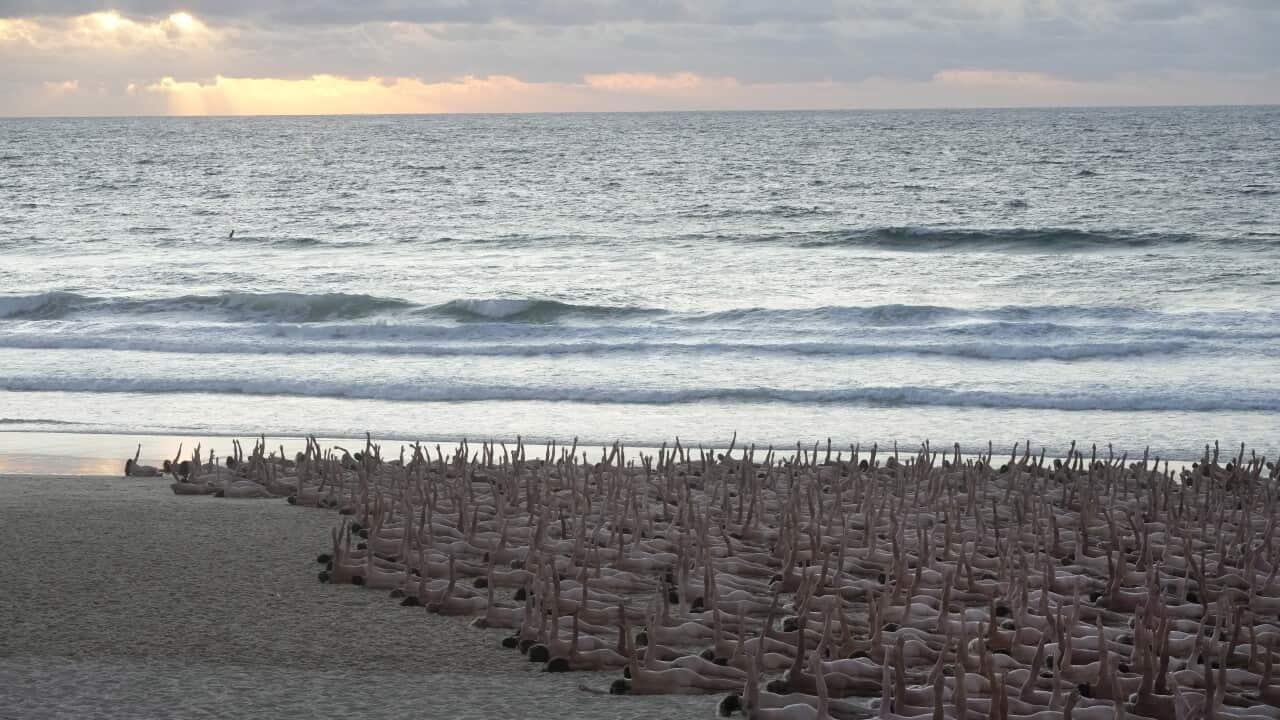Key points
- The summer holiday season is one of the busiest and most dangerous times of year on Australia's beaches.
- There have been five drowning fatalities across the country over the 2022 Christmas long weekend so far.
- Heatwaves, sun damage, and stingers can also pose danger both in and out of the water.
The summer holiday is the most popular time of the year for both locals and visitors to head to Australia's iconic beaches.
Unfortunately, it is also one of the most dangerous.
The combination of harsh conditions and a lack of beach safety skills can be deadly, but you can avoid many of these risks by taking the right precautions.
Here's what you need to know (and what not to do) in case you find yourself in trouble at the beach this summer.
Do not swim outside designated areas
In NSW alone, volunteer lifesavers and lifeguards performed 348 rescues on Boxing Day, while three Victorians, a South Australian woman, and a Taiwanese man drowned in Australian waterways over the Christmas long weekend.
On Tuesday afternoon, a five-year-old girl died after being pulled from a lake north of Melbourne.
Last year, the period between December 2021 and February 2022 claimed the record for the most coastal and ocean drowning deaths over a summer in NSW, with 25 fatalities recorded.
Surf Life Saving NSW CEO Steven Pearce says drowning is the most significant risk at the beach, and Christmas is statistically the most dangerous time of year.
"Statistically, we see a 2.7 per cent higher chance of people drowning in the Christmas holiday period than any other time during the year," he said.
"Drowning is the number one risk ... in particular, that is people swimming in unpatrolled locations, or anywhere that we don't have red and yellow flags set up or lifeguards on duty."
According to Surf Life Saving NSW, rips and dangerous currents can be spotted by deeper or darker water, fewer breaking waves, sandy-coloured water extending beyond the surf zone, debris or seaweed, and significant water movement.
If you do find yourself caught in a rip, the advice is to remain calm, raise your arms to attract attention, and wait for lifesavers to rescue you.
If you can swim parallel to the beach you may escape the rip current, or if you float with it, it may return you to a shallow sandbank.
Do not get too close to stingers
In both the water and on the sand, stingers can quickly take your day from picturesque to painful.
Depending on your location, you could find yourself coming into contact with jellyfish, bluebottles, octopus, or sea urchins.
If you spot any of these creatures on the sand, do not assume that they are dead or harmless, and do not take risks by touching them.

Bluebottles are common on Australian beaches, with stings causing pain and sores, rash or redness on the skin. Source: Twitter / Twitter/@QldAmbulance
Remedies such as rubbing sand over the sting, pouring soft drink over the skin or urinating on it are generally not helpful, according to Surf Life Saving Australia.
Do not neglect sun safety
The water isn't the only source of danger at Australian beaches, with sun exposure also cause for concern.
Australia has one of the highest rates of skin cancer in the world according to the Cancer Council, due to a combination of environmental factors and social attitudes.
The risk of skin cancer is higher among those who have had numerous sunburns, are prone to developing freckles or moles, spend a lot of time in the sun, have fair skin, or have a family history of skin cancer and melanoma.
If you are spending time at the beach (or any other outdoor area), make sure to wear a hat and protective clothing, sit in the shade where possible, and regularly reapply sunscreen.
Don't forget to hydrate
After unseasonably cool weather earlier this month, much of the country has been hit with heatwaves this week.
As well as skin damage, warm weather can also bring a risk of other weather-related conditions such as dehydration, sunstroke or heat exhaustion.
These conditions can cause symptoms including headaches and dizziness, a body temperature of over 40 degrees, nausea or vomiting, and muscle exhaustion.
The best ways to avoid heatstroke are to avoid doing intense exercise, stay in the shade, hydrate, and avoid alcohol, sugar and too much caffeine, according to the World Health Organization.
Do not mix alcohol and beach activities
Mr Pearce told SBS News when it comes to safety incidents on beaches and in other waterways, alcohol consumption is a common factor around the Christmas period.
"A lot of the incidents we had (on Boxing Day) were alcohol-related ... during the festive period, people do overindulge," he said.
"Sometimes alcohol makes people think their swimming abilities are stronger than what they actually are, we get a lot of calls where people are in trouble because of alcohol-related issues."












